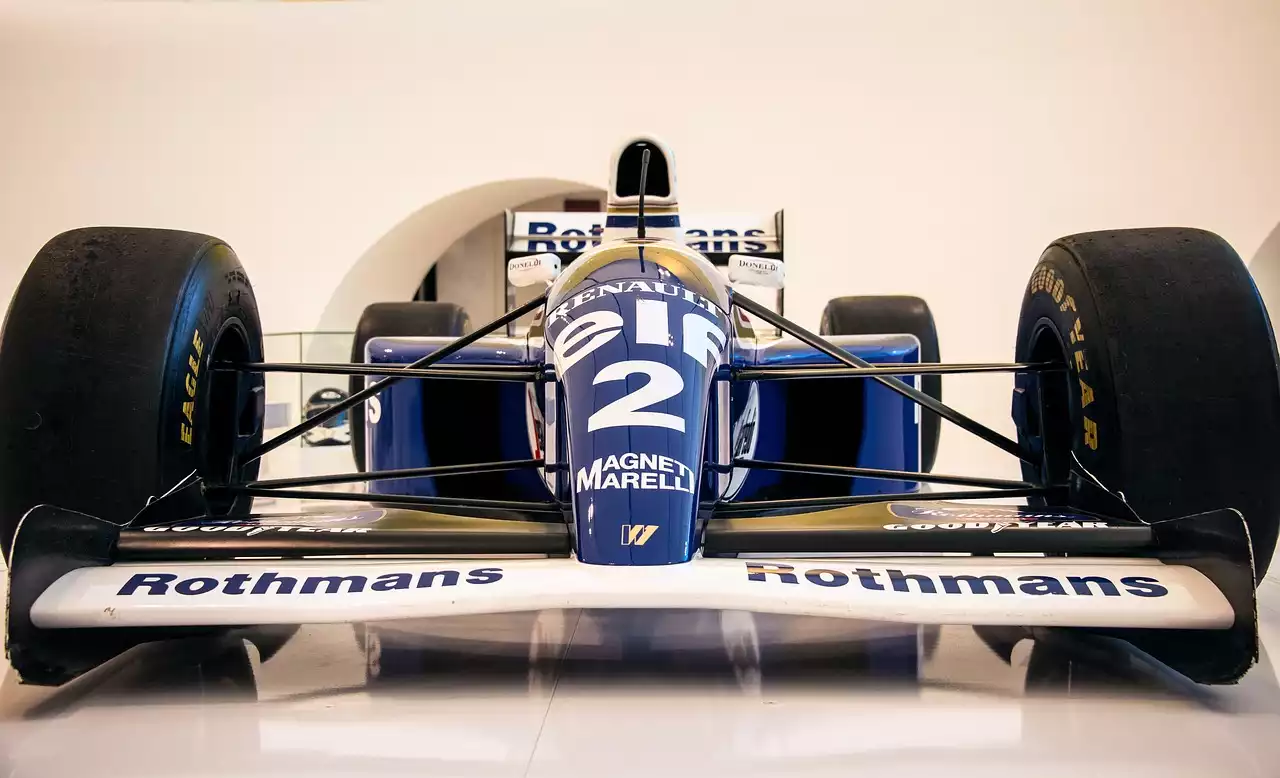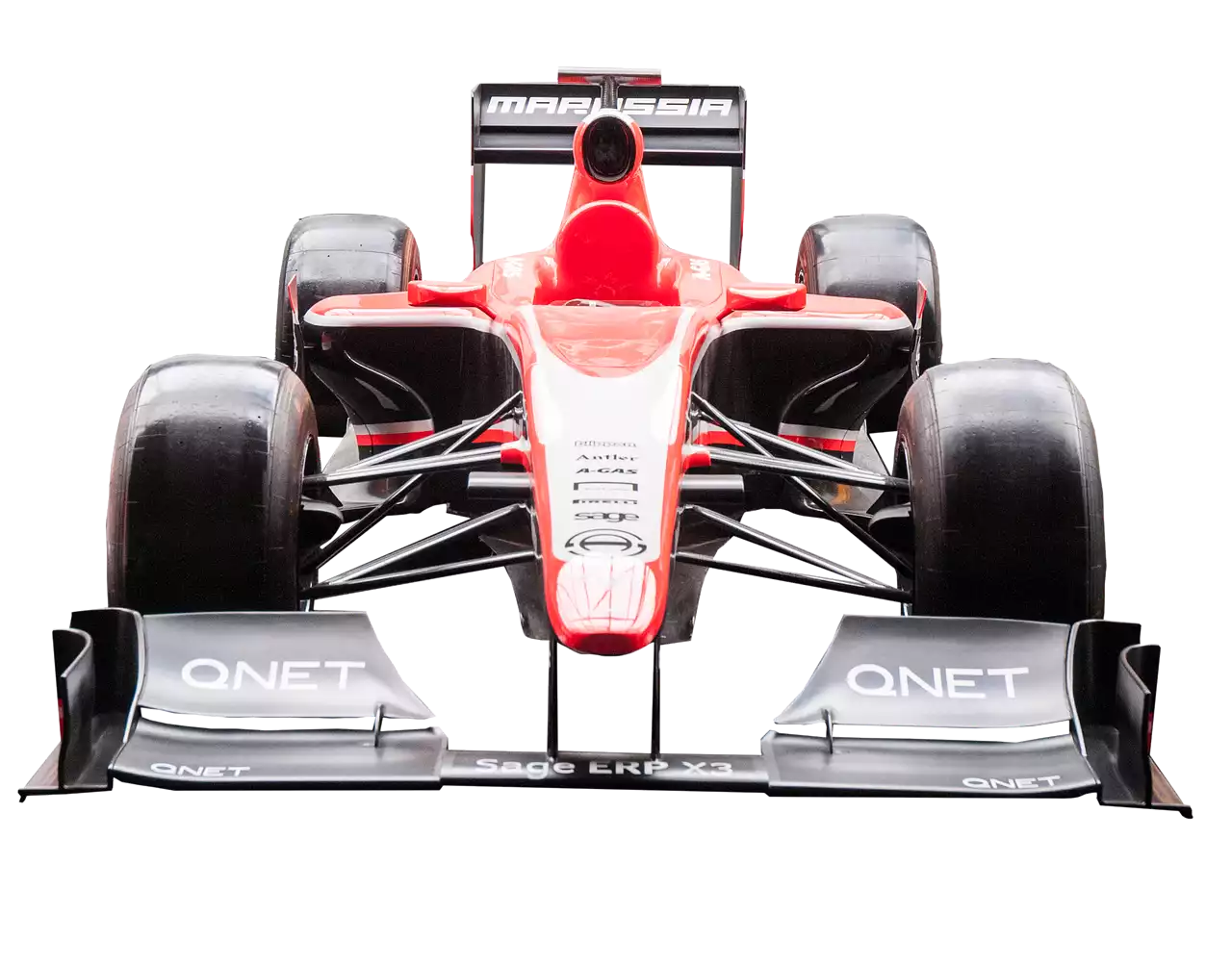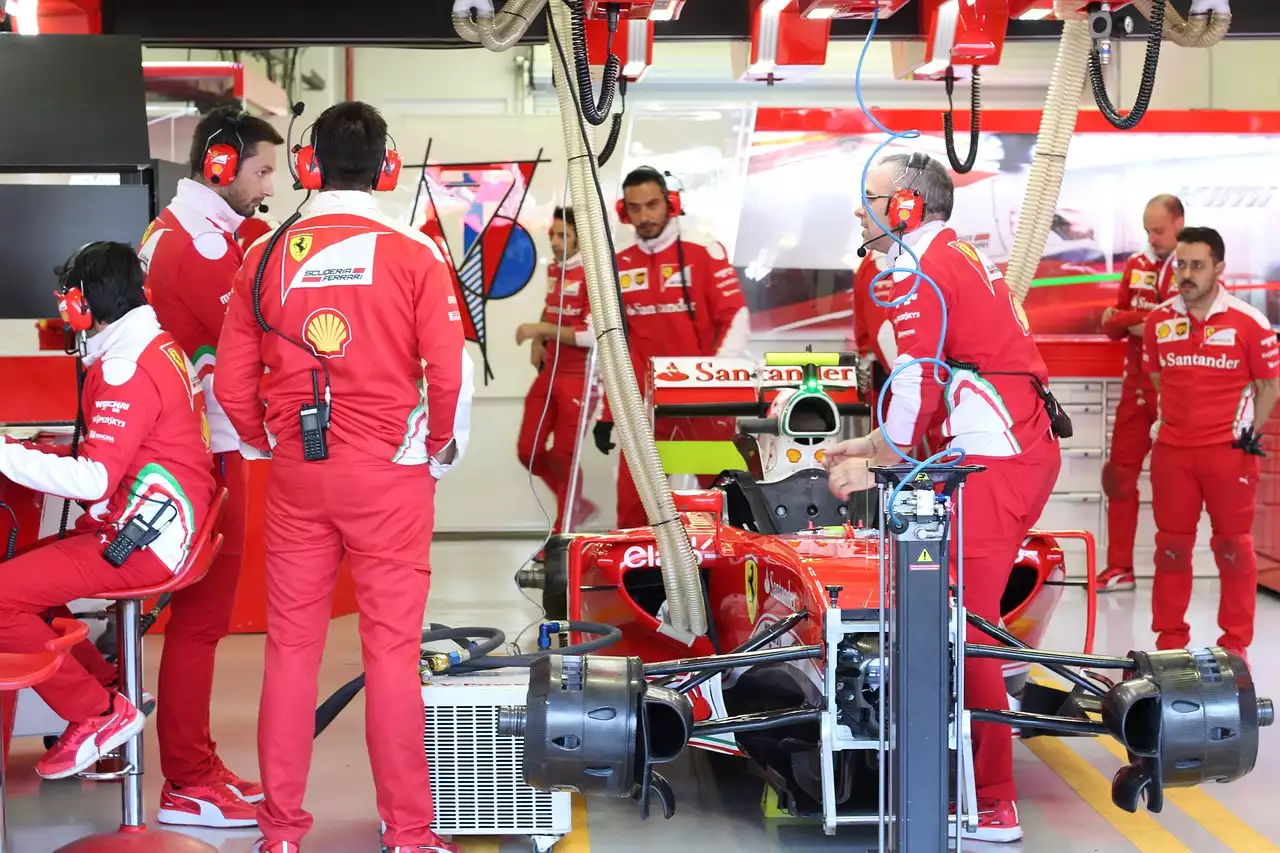The Role of Technology in IndyCar Racing
Technology has played a significant role in the development of IndyCar racing since its inception. From the earliest days of the sport, engineers and designers have been using technology to improve the performance of their cars. Over time, advances in materials science, aerodynamics, and engine technology have led to significant improvements in the speed and efficiency of IndyCars.
Today, with the advent of more advanced technologies such as sensors, data analysis, and machine learning, the pace of innovation in IndyCar racing has accelerated significantly. These technologies are being used to improve every aspect of the sport, from the performance of the cars to the safety of the drivers.
Arrow Electronics Innovations in IndyCar Racing
Arrow Electronics is a global technology solutions provider that has been at the forefront of innovation in IndyCar racing for many years. The company has been working with IndyCar teams to develop cutting-edge sensors and data analysis tools that are used to monitor every aspect of the car's performance. These sensors are capable of measuring everything from tire pressure and temperature to the position and orientation of the car in real-time.
Arrow has also been working on the development of advanced materials and manufacturing techniques that are used to create more efficient and aerodynamic cars. For example, the company has developed a new carbon fiber composite material that is stronger and lighter than traditional carbon fiber, making it ideal for use in IndyCars.
McLaren Racing Innovations in IndyCar Racing
McLaren Racing is a leading Formula One team that has recently expanded its operations to include IndyCar racing. The team has a long history of innovation in motorsports, and its engineers and designers are always looking for new ways to improve the performance of their cars.
In IndyCar racing, McLaren has been working on the development of advanced data analysis tools that are used to monitor the car's performance in real-time. These tools are capable of analyzing vast amounts of data, including information from onboard sensors, to provide the team with insights into the car's performance and potential areas for improvement.
McLaren has also been working on the development of advanced aerodynamic designs that are optimized for IndyCar racing. These designs are based on computational fluid dynamics (CFD) simulations, which allow the team to optimize the car's shape and configuration for maximum speed and efficiency.
The Impact of Arrow Electronics and McLaren Racing on IndyCar Racing
The innovations developed by Arrow Electronics and McLaren Racing have had a significant impact on the world of IndyCar racing. These technologies have helped to improve the performance and efficiency of the cars, making them faster and more competitive on the track.
In addition, these technologies have also helped to improve the safety of the drivers. The advanced sensors and data analysis tools developed by Arrow Electronics are used to monitor the car's performance and detect any potential issues before they become serious problems. This helps to prevent accidents and keep the drivers safe.
Finally, the innovations developed by Arrow Electronics and McLaren Racing have helped to make IndyCar racing more exciting and engaging for fans. The faster and more efficient cars, combined with the advanced data analysis tools used by the teams, make for a more thrilling and competitive racing experience.
Collaborative Efforts between Arrow Electronics and McLaren Racing
Arrow Electronics and McLaren Racing have been working closely together to develop new technologies and solutions for IndyCar racing. The two companies have a shared vision for the future of the sport, and they are committed to working together to bring their ideas to life.
One of the key areas of collaboration between the two companies is in the development of advanced data analysis tools. Arrow Electronics has been working on the development of sensors and data analysis software, while McLaren Racing has been developing advanced CFD simulations. Together, these tools are used to optimize the car's performance and improve its efficiency on the track.
Another area of collaboration between Arrow Electronics and McLaren Racing is in the development of advanced materials and manufacturing techniques. Arrow Electronics has been working on the development of new carbon fiber composites, while McLaren Racing has been developing new manufacturing techniques that allow for greater precision and efficiency in the production of parts. Together, these innovations are used to create faster, lighter, and more efficient cars.
Advantages of Technology in IndyCar Racing
The use of technology in IndyCar racing has many advantages. Perhaps the most significant advantage is the ability to improve the performance and efficiency of the cars. Advanced sensors and data analysis tools allow teams to monitor every aspect of the car's performance in real-time, identifying potential areas for improvement and making adjustments on the fly.
In addition, technology can also improve the safety of the drivers. Advanced sensors and data analysis tools can detect potential issues before they become serious problems, helping to prevent accidents and keep the drivers safe.
Finally, the use of technology in IndyCar racing can also make the sport more engaging and exciting for fans. The faster and more efficient cars, combined with the advanced data analysis tools used by the teams, make for a more thrilling and competitive racing experience.
Challenges and Limitations of Technology in IndyCar Racing
While technology has many advantages in IndyCar racing, there are also challenges and limitations to its use. One of the biggest challenges is the cost of developing and implementing these technologies. Advanced sensors, data analysis tools, and materials can be expensive to develop and manufacture, and not all teams have the resources to invest in these technologies.
Another challenge is the complexity of these technologies. Advanced sensors and data analysis tools require skilled engineers and designers to develop and operate effectively. This can be a significant barrier for smaller teams that may not have the resources to hire these types of experts.
Finally, there are limitations to the use of technology in IndyCar racing. While these technologies can improve the performance and efficiency of the cars, they cannot overcome the laws of physics. There are limits to how fast and efficient a car can be, and these limits are determined by the laws of nature.
Future of Technology in IndyCar Racing
Despite the challenges and limitations, the future of technology in IndyCar racing looks bright. The pace of innovation in the sport is accelerating, with new technologies and solutions being developed all the time.
In the future, we can expect to see even more advanced sensors and data analysis tools, as well as new materials and manufacturing techniques. These technologies will help to make IndyCars faster, more efficient, and safer than ever before.
In addition, we can expect to see more collaboration between companies like Arrow Electronics and McLaren Racing, as they work together to develop new technologies and solutions for the sport.
Overall, the future of technology in IndyCar racing looks exciting and promising, and we can't wait to see what the future holds for this thrilling and dynamic sport.





.png?size=50)


